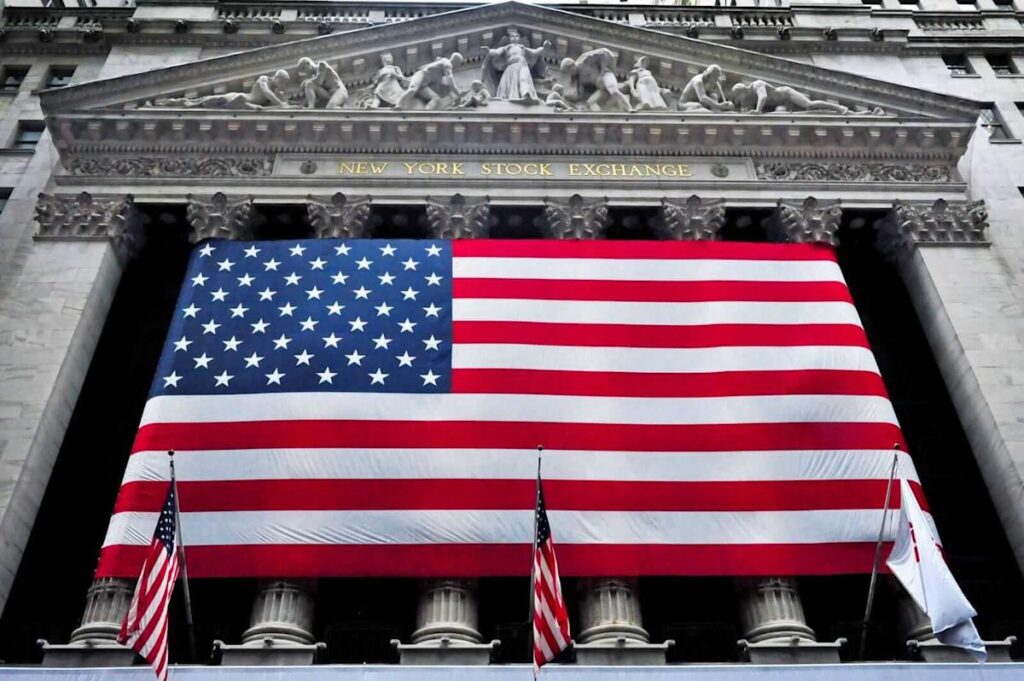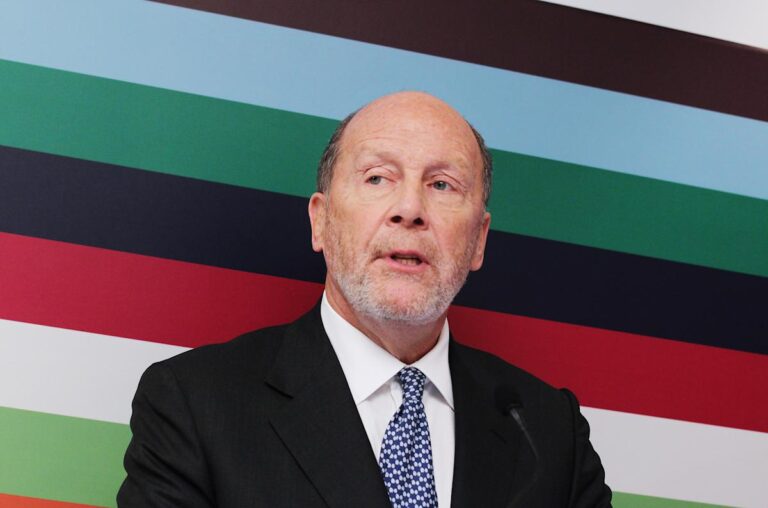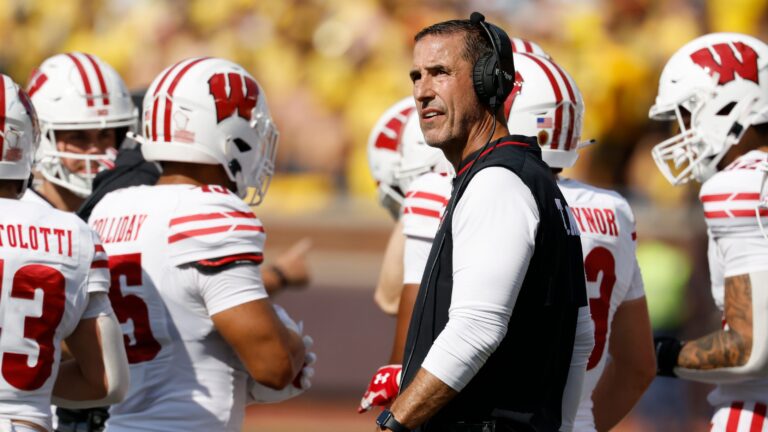
September S&P 500 E-Mini futures (ESU25) are up +0.01%, and September Nasdaq 100 E-Mini futures (NQU25) are down -0.04% this morning as investors refrain from making any big bets ahead of a highly anticipated Federal Reserve interest rate decision.
Stock index futures’ subdued tone reflects investor caution over how the Fed will signal the interest-rate path, with a quarter-point cut at this meeting and three more by April already priced in.
-
Dear Nvidia Stock Fans, Mark Your Calendars for September 17
-
As Opendoor Touts Sweeping Job Cuts, Turnaround Plans, How Should You Play OPEN Stock?
-
Should You Buy STUB Stock After the StubHub IPO?
-
Get exclusive insights with the FREE Barchart Brief newsletter. Subscribe now for quick, incisive midday market analysis you won’t find anywhere else.
In yesterday’s trading session, Wall Street’s major indexes ended slightly lower. Warner Bros. Discovery (WBD) slumped over -6% and was the top percentage loser on the S&P 500 and Nasdaq 100 after TD Cowen downgraded the stock to Hold from Buy. Also, Rocket Lab (RKLB) tumbled more than -12% after the rocket launch company announced a $750 million at-the-market equity offering. In addition, Dave & Buster’s Entertainment (PLAY) plunged over -16% after the arcade-restaurant operator posted downbeat Q2 results. On the bullish side, chip stocks gained ground, with ON Semiconductor (ON) rising more than +3% to lead gainers in the Nasdaq 100 and Marvell Technology (MRVL) advancing over +2%.
Economic data released on Tuesday showed that U.S. retail sales climbed +0.6% m/m in August, stronger than expectations of +0.2% m/m, and core retail sales, which exclude motor vehicles and parts, grew +0.7% m/m, stronger than expectations of +0.4% m/m. Also, U.S. August industrial production unexpectedly rose +0.1% m/m, stronger than expectations of -0.1% m/m, and manufacturing production unexpectedly rose +0.2% m/m, stronger than expectations of -0.2% m/m. In addition, the U.S. import price index unexpectedly rose +0.3% m/m in August, stronger than expectations of -0.2% m/m.
“The American consumer appears to be in good spirits. That’s good news for the economy, but it may heighten debate over how aggressively the Fed needs to cut rates,” said Ellen Zentner at Morgan Stanley Wealth Management.
Today, all eyes are focused on the Federal Reserve’s monetary policy decision. The Federal Open Market Committee is widely expected to cut the Fed funds rate by 25 basis points to a range of 4.00% to 4.25%. Market watchers will follow Chair Jerome Powell’s post-policy meeting press conference for any indications on how quickly rates may fall from here. Following recent data painting a picture of a slowing labor market, U.S. money markets have almost fully priced in follow-up rate cuts in October and December. Market participants will also closely parse the Fed’s quarterly “dot plot” in its Summary of Economic Projections, which will offer key guidance on how policymakers expect the interest-rate path to unfold over the next few years.






